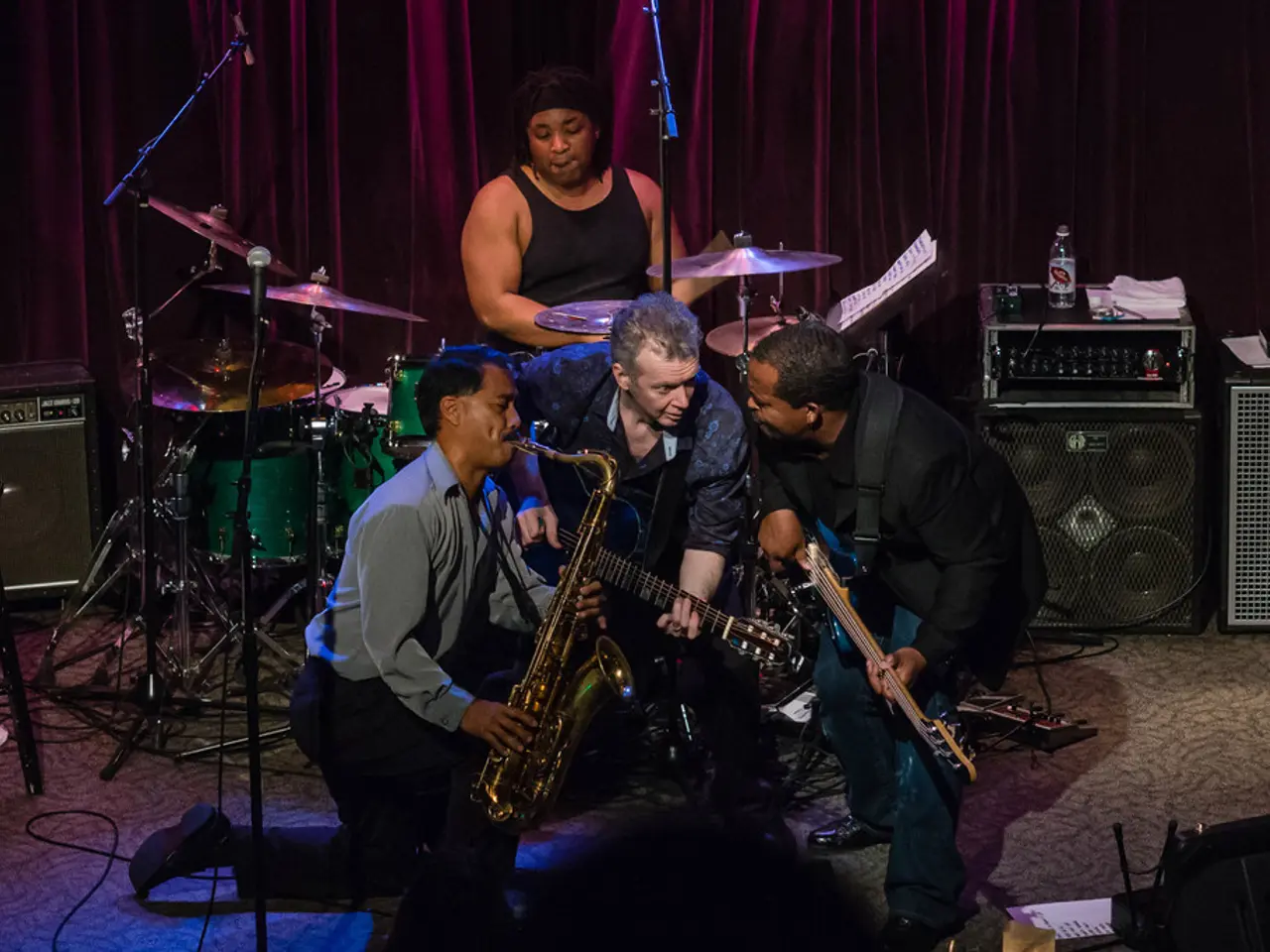Title: How Reverb's Impact Determines the Quality of Your Mix
In the realm of music production, reverb plays a crucial role in recreating or enhancing the natural phenomenon of sound echoing off surfaces. This article aims to guide you through best practices for using reverb to achieve a professional, balanced, and coherent mix.
Choosing the Right Reverb Type
The first step in effectively using reverb is selecting the appropriate type based on the sound you want and the material you are mixing. Common types include plates, chambers, springs, rooms, halls, and digital emulations of analog hardware; each suits different contexts and instruments (e.g., plates for vocals, halls for orchestras).
Best Practices
- Finding the Right Balance: Start with a small amount of reverb and gradually increase it to avoid making vocals or instruments sound unnatural or washed out.
- Adjusting Reverb Based on the Environment: In small rooms, less reverb may be needed, while larger or outdoor spaces can benefit from more reverb to add depth.
- Using Convolution Reverbs with Impulse Responses (IRs): Building a library of high-quality IRs allows you to realistically mimic real spaces or find unique ambiences, improving your mix’s depth and tone.
- Shaping Reverb with EQ and Damping: Control the frequency content and decay characteristics to prevent muddiness and make the reverb sit well in the mix.
- Control the Wet/Dry Mix and Early Reflections: These control how prominent the reverb is and how natural it feels by simulating early sound reflections, which impact spatial perception.
Common Mistakes to Avoid
- Applying too much reverb can cause loss of vocal or instrumental clarity and muddiness.
- Using a single reverb type for all sources can negatively impact the mix's clarity and coherence.
- Ignoring frequency buildup in the reverb tail, especially in bass frequencies, can lead to overwhelming the mix.
- Using reverb without pre-delay can blur the attack of sounds.
- Neglecting to consider the mix environment and playback system can result in inappropriate reverb levels.
Tips for Effective Reverb Usage
- Reverb can completely transform how a music track feels to the listener. Matching reverb length to the track’s tempo and energy can help maintain clarity and coherence in the mix.
- Automating reverb levels or settings during different parts of the song can keep the mix lively and emotional.
- Spring reverb has a metallic, bouncy, slightly vintage sound and is best for guitars (especially electric), retro or lo-fi tracks.
- Hall reverb is big, lush, and spacious, best for vocals, orchestral instruments, ballads, ambient music.
- Plate reverb is smooth, dense, and bright, best for vocals, snare drums, lead instruments.
- Convolution reverb creates ultra-realistic recreations of real-world spaces, best for sound design, cinematic projects, or highly realistic productions.
- Blending reverb carefully is important to avoid overpowering the mix; less is often more.
- Without reverb, mixes can sound dry, flat, and unnatural.
In summary, mastering reverb use hinges on choosing the right type, carefully adjusting parameters like pre-delay, decay, and damping, shaping frequency content through EQ, and applying it judiciously to preserve clarity and serve the music. Building experience with different reverbs and impulse responses while critically listening will help you develop a professional sound palette.
- To create stunning data-and-cloud-computing solutions, it's essential to choose the correct technology based on the specific requirements and use cases, much like selecting the appropriate reverb type in music production.
- Just as technology advancements can enhance the sound quality and efficiency in music production, they also play a vital role in improving data processing speed, storage, and accessibility in the realm of cloud computing.




